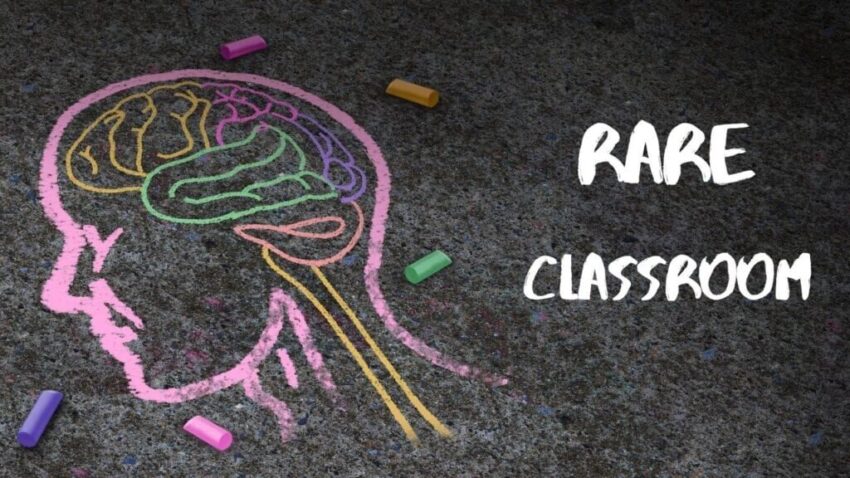Welcome to the Rare Classroom, a new series from Patient Worthy. Rare Classroom is designed for the curious reader who wants to get informed on some of the rarest, most mysterious diseases and conditions. There are thousands of rare diseases out there, but only a very small number of them have viable treatments and regularly make the news. This series is an opportunity to learn the basics about some of the diseases that almost no one hears much about or that we otherwise haven’t been able to report on very often.
Eyes front and ears open. Class is now in session.
The disease that we will be learning about today is:
Arthrogryposis Multiplex Congenita
Sometimes just called arthrogryposis.
What is Arthrogryposis Multiplex Congenita?
- Arthrogryposis multiplex congenita (AMC) is a condition of contracture affecting at least two major joints
- Muscle tissue typically suffers from abnormal fibrosis (scarring), resulting in shortening of the muscles and restricted movement
- The condition is divided into three groups:
- Syndromic – Associated with a muscle disease or neurological disease
- Amyoplasia – Severe muscle contractures and muscle weakness
- Distal – Primarily the hands and feet are impacted
- The condition can appear on its own, but it is also associated with a wide range of disorders and conditions
- The overall prevalence of arthrogryposis can range from 1 in 3,000 to 1 in 12,000
How Do You Get It?
- Any factor that is capable of preventing normal joint movement before birth can potentially cause arthrogryposis multiplex congenita
- Genetic and environmental factors can both play a role
- Environmental factors can include:
- Low intrauterine movement
- Abnormal distribution or low volume of intrauterine fluid
- Viral infections
- Fetal akinesia
- Limb immobilization
- Genetic factors can include:
- Mitochondrial disorders
- Muscle disorders
- Connective tissue disorders
- Certain mutations
- Chromosomal disorders
What Are the Symptoms?
- The principal symptom of arthrogryposis multiplex congenita is joint contracture, in which joint movement is severely hampered and stuck in a specific position
- Contractures are usually present from birth. The condition is not progressive, and contractures do not worsen over time
- In many cases of arthrogryposis multiplex congenita, all joints are affected; in 84% of cases, all limbs are affected
- The various joints are often fixed in specific positions; however, the range of motion of each joint can vary based on different deviations
How Is It Treated?
- A number of approaches may be used for treating arthrogryposis multiplex congenita, and may include:
- Occupational therapy – Examples include orthopedic management, range of motion exercises, and the use of casts to correct deformed joints
- Physical therapy
- Splinting – A number of devices may be used to improve movement of the limbs and encourage muscle development.
- Surgery – Several surgical procedures are used to improve mobility. Joints often targeted for surgery include the wrists, thumbs, and feet, among others
- While in most cases the disease can’t be resolved entirely, with proper management, patients can experience major improvements to their mobility, giving them the ability to perform many daily tasks
Where Can I Learn More???
- Check out our cornerstone on the disease here.
- Learn more about this illness from Arthrogryposis Multiplex Congenita Support, Inc.









